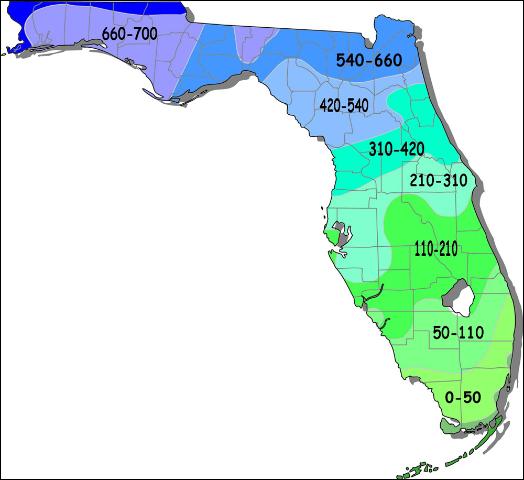
by Matt Lollar | Jan 27, 2016
We may be suffering from the recent low temperatures, but temperate fruit trees such as peaches and apples require a period of cold weather in order to become cold hardy and produce a good crop.
What is Cold Hardiness?
Cold hardiness is the ability of a plant to survive low temperatures. However, every cold event is fairly unique with variables such as when the low temperatures occur (early vs. late winter), how quickly the temperature drops, the temperatures in the days leading up to the event, and the length of time the low temperatures are sustained.
Cold Acclimation
Cold acclimation is the development of freezing tolerance in plants. Three fall environmental factors contribute to cold acclimation in fruit trees. Plant will develop 10 to 15 degrees of cold tolerance when the leaves sense shorter day lengths. Metabolic activity is increased when days are short and temperatures are between 60°F days and 40°F nights. The second factor occurs when lows reach the 20s, which can make trees up to 10 degrees hardier. The final factor occurs when temperatures dip to near zero, which fortunately for us does not occur very often.
Trees remain hardy during the winter as long as temperatures remain fairly stable. However, de-acclimation occurs in reaction to warm temperatures. This explains the winter flowering which occurred this past December. A cold snap may not injure trees unless it immediately follows a period of mild temperatures.

Florida Average Chill Hours Map – UF/IFAS Extension
Chilling Requirement
The cold weather and gradual cold acclimation are necessary to a tree’s accumulation of chill hours which is necessary for steady fruit yields. Chill hours are the accumulation of hours when temperatures are between 32°F and 45°F. The yearly average chill hour accumulation in Northwest Florida is between 660 and 700 hours. The apple varieties recommended for our area (‘Anna’, ‘Dorsett Golden’, and ‘TropicSweet’) have a chilling requirement of 250 to 300 hours. Some of the peach varieties recommended for our area (‘Flordacreast’, ‘Flordaking’, and ‘Gulfsnow’) have a chilling requirement of 350 to 400 hours. Please note the risk of planting these varieties because their chilling requirements are lower than our average chill hour accumulation. The varieties listed are for example, but other available varieties are suitable for our area.
Whether you like winter weather or not, just remember the satisfaction of eating fresh fruit in the summer. To track this year’s chill hours from the warmth of your home, please visit the AgroClimate tool at http://agroclimate.org/tools/Chill-Hours-Calculator/.
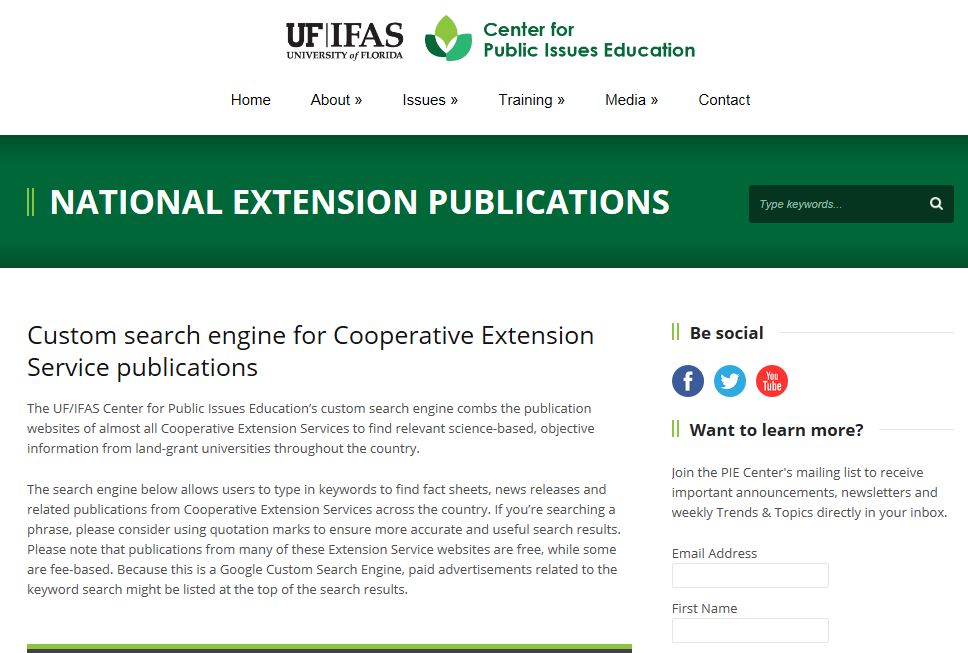
by Mary Salinas | Jan 27, 2016
 So often, we are searching for research-based information to solve our gardening questions but the search engine turns up all sorts of sites that we may or may not know and trust. There is now a better way to search for reliable gardening information from trusted universities. The University of Florida IFAS Center for Public Issues Education just announced on January 22, 2016 a custom search engine for Extension service publications. Many top land-grant universities are participating in this project to bring you facts sheets, news releases and other publications that are relevant and science-based.
So often, we are searching for research-based information to solve our gardening questions but the search engine turns up all sorts of sites that we may or may not know and trust. There is now a better way to search for reliable gardening information from trusted universities. The University of Florida IFAS Center for Public Issues Education just announced on January 22, 2016 a custom search engine for Extension service publications. Many top land-grant universities are participating in this project to bring you facts sheets, news releases and other publications that are relevant and science-based.
This valuable tool is not just for gardening information but for any topic that you would expect to be addressed by a university or Extension such as oysters, healthy living and raising chickens.
I have used it a few times to test it out and it works marvelously! Try it yourself!
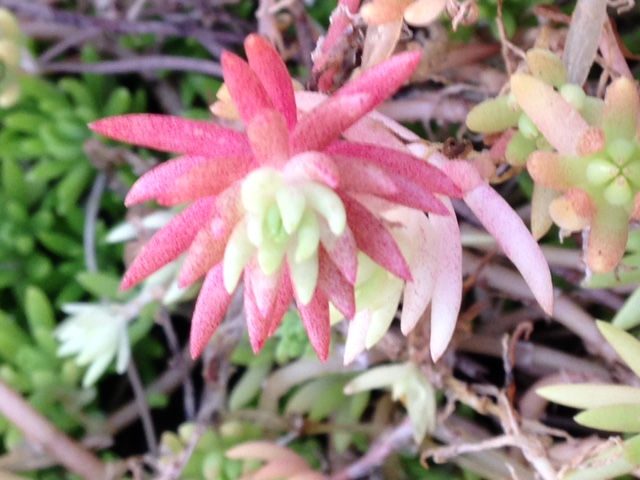
by Julie McConnell | Dec 30, 2015
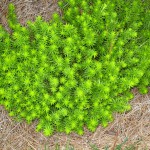 Sedum rupestre ‘Angelina’ is an evergreen perennial that adds some pizazz to winter landscapes. This low growing plant performs well in sunny, well-drained spots in the landscape but will also tolerate some shade. In the summer, the foliage is a brilliant chartreuse but after a few cold snaps it takes on a coppery bronze tinge that brightens up winter landscapes.
Sedum rupestre ‘Angelina’ is an evergreen perennial that adds some pizazz to winter landscapes. This low growing plant performs well in sunny, well-drained spots in the landscape but will also tolerate some shade. In the summer, the foliage is a brilliant chartreuse but after a few cold snaps it takes on a coppery bronze tinge that brightens up winter landscapes.
Angelina sedum is an easy to grow groundcover that contrasts nicely with deep greens, burgundy, or black foliage. It grows well along the ground or in containers where it may drape down the sides. It roots where the stems touch the ground, but is not aggressive and can be easily divided and transplanted into new garden sites or shared with friends.
Small, delicate yellow flowers appear in the late spring or early summer but the plants are mostly grown for foliage texture and color.
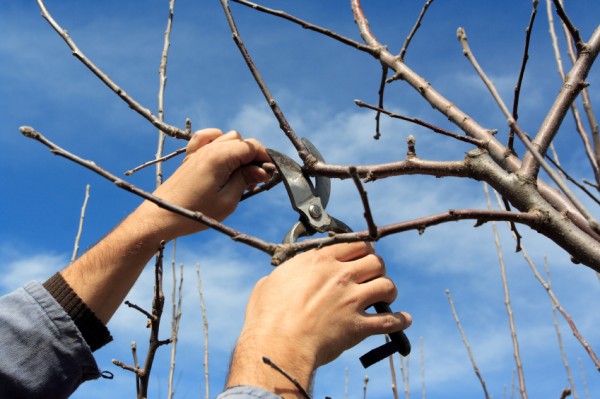
by Sheila Dunning | Dec 16, 2015
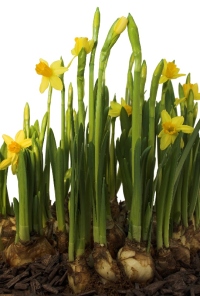
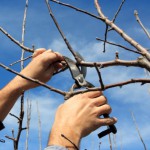 Though the calendar says December, the weather in Northwest Florida fluctuates between winter and spring temperatures. The nice days are wonderful opportunities to accomplish many of those outside landscape chores in preparation for spring. But, it is also a good time to start planning for next month’s colder temperatures. Since we don’t experience frozen soil, winter is the best time to transplant hardy trees and shrubs. Deciduous trees establish root systems more quickly while dormant; versus installing them in the spring with all their tender new leaves. Here are a few suggestions for tasks that can be performed this month:
Though the calendar says December, the weather in Northwest Florida fluctuates between winter and spring temperatures. The nice days are wonderful opportunities to accomplish many of those outside landscape chores in preparation for spring. But, it is also a good time to start planning for next month’s colder temperatures. Since we don’t experience frozen soil, winter is the best time to transplant hardy trees and shrubs. Deciduous trees establish root systems more quickly while dormant; versus installing them in the spring with all their tender new leaves. Here are a few suggestions for tasks that can be performed this month:
- Plant shade trees, fruit trees, and evergreen shrubs.
- Plant pre-chilled daffodil and narcissus bulbs (late December/early January).
- Do major re-shaping of shade trees, if needed, during the winter dormancy.
- Water live Christmas trees as needed and water holiday plants such as poinsettias as needed.
- Check houseplants for insect pests such as scale, mealy bugs, fungus gnats, whitefly and spider mites.
- Continue to mulch leaves from the lawn. Shred excess leaves and add to planting beds or compost pile.
- Replenish finished compost and mulch in planting beds, preferably before the first freeze.
- Switch sprinkler systems to ‘Manual’ mode for the balance of winter.
- Water thoroughly before a hard freeze to reduce plants’ chances of damage.
- Water lawn and all other plants once every three weeks or so, if supplemental rainfall is less than one inch in a three week period.
- Fertilize pansies and other winter annuals as needed.
- Protect tender plants from hard freezes.
- Be sure to clean, sharpen and repair all your garden and lawn tools. Now is also the best time to clean and have your power mower, edger and trimmer serviced.
- Be sure the mower blade is sharpened and balanced as well.
- Provide food and water to the area’s wintering birds.

by Mary Salinas | Dec 4, 2015
The cooler weather in the wintertime makes it a great time to plant trees and shrubs. That is why Arbor Day in Florida is the third Friday in January. In 2016, that event is January 15.
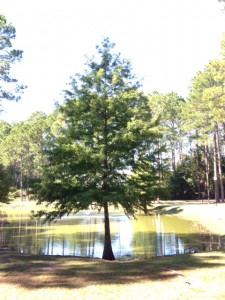
Baldcypress growing at the edge of a pond. Photo: Julie McConnell, UF/IFAS
Start your planning now with doing a site assessment on your landscape, then choosing the right trees and shrubs for your particular environmental conditions.
Here are some great sites that offer online tools for finding just the right species:
Florida Tree Selector
The Florida-friendly Guide to Plant Selection & Landscape Design
Florida Native Plant Society Locator
And if you want to find out just how much your established trees are worth, use this National Tree Benefit Calculator!
For more information:
Planting Trees in the Landscape
Arbor Day Foundation: Florida
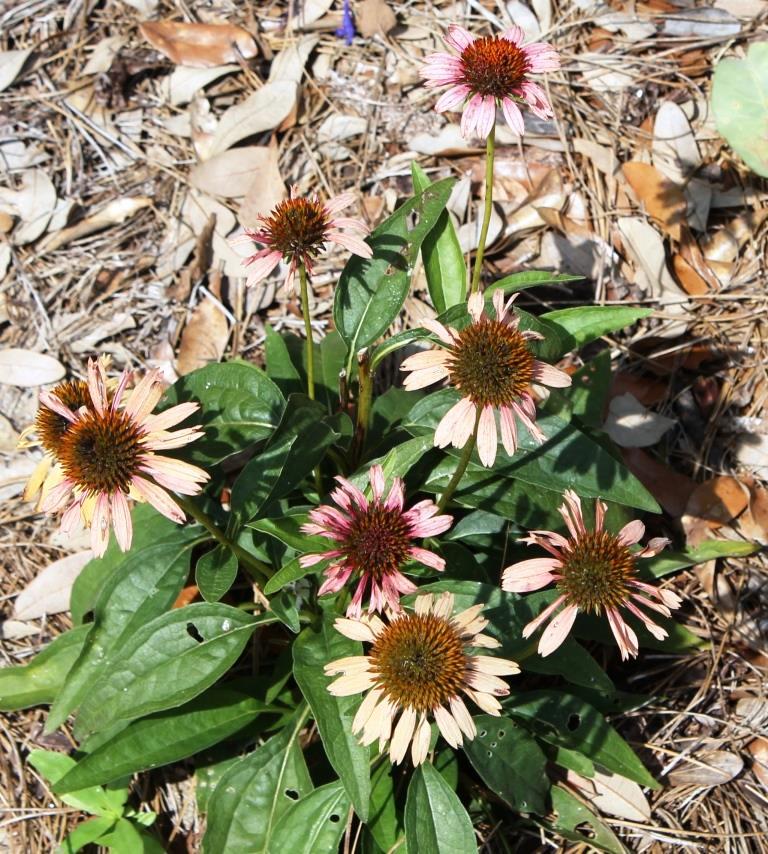
by Matthew Orwat | Nov 20, 2015
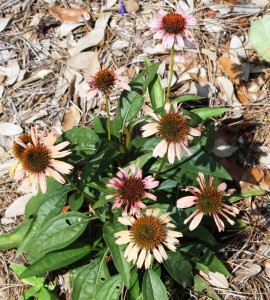 Although it seems like summer outside, especially with such warm weather the week before Thanksgiving, winter temperatures will be coming. Possibly sooner rather than later. Perennials that are meant to die to the ground each winter look ugly and decayed after the first frost. Faced with such unattractive plants, most gardeners are inclined to cut them to the ground right away. That action might be a mistake.
Although it seems like summer outside, especially with such warm weather the week before Thanksgiving, winter temperatures will be coming. Possibly sooner rather than later. Perennials that are meant to die to the ground each winter look ugly and decayed after the first frost. Faced with such unattractive plants, most gardeners are inclined to cut them to the ground right away. That action might be a mistake.
Many perennials, such as hibiscus species, hydrangea, salvia species, firebush (Hamelia patens), rudbeckia, echinacea, lantana and others still have a large amount of starch stored in their branches, even after the first frost. Although it is very tempting to remove these unattractive reminders of the beautiful spring gardening season, it is better to wait to allow the starch to translocate (move) down to the root system. The time that this takes varies by plant species, but can be as late as February.
To determine if there is “life” left in those burned and singed stems, just scratch off the top layer of the stem. If any nutrients remain in the stem, it will be green or yellow where the scratch was made. If it is brown and dead, it is safe to prune the perennial back.
If you can stand to wait, allow those unsightly stalks to remain until February. If they contain any plant nutrients this will give the plant some energy during the winter months. This is not possible in every situation, but following this practice will bring stronger flowering perennials next season!












